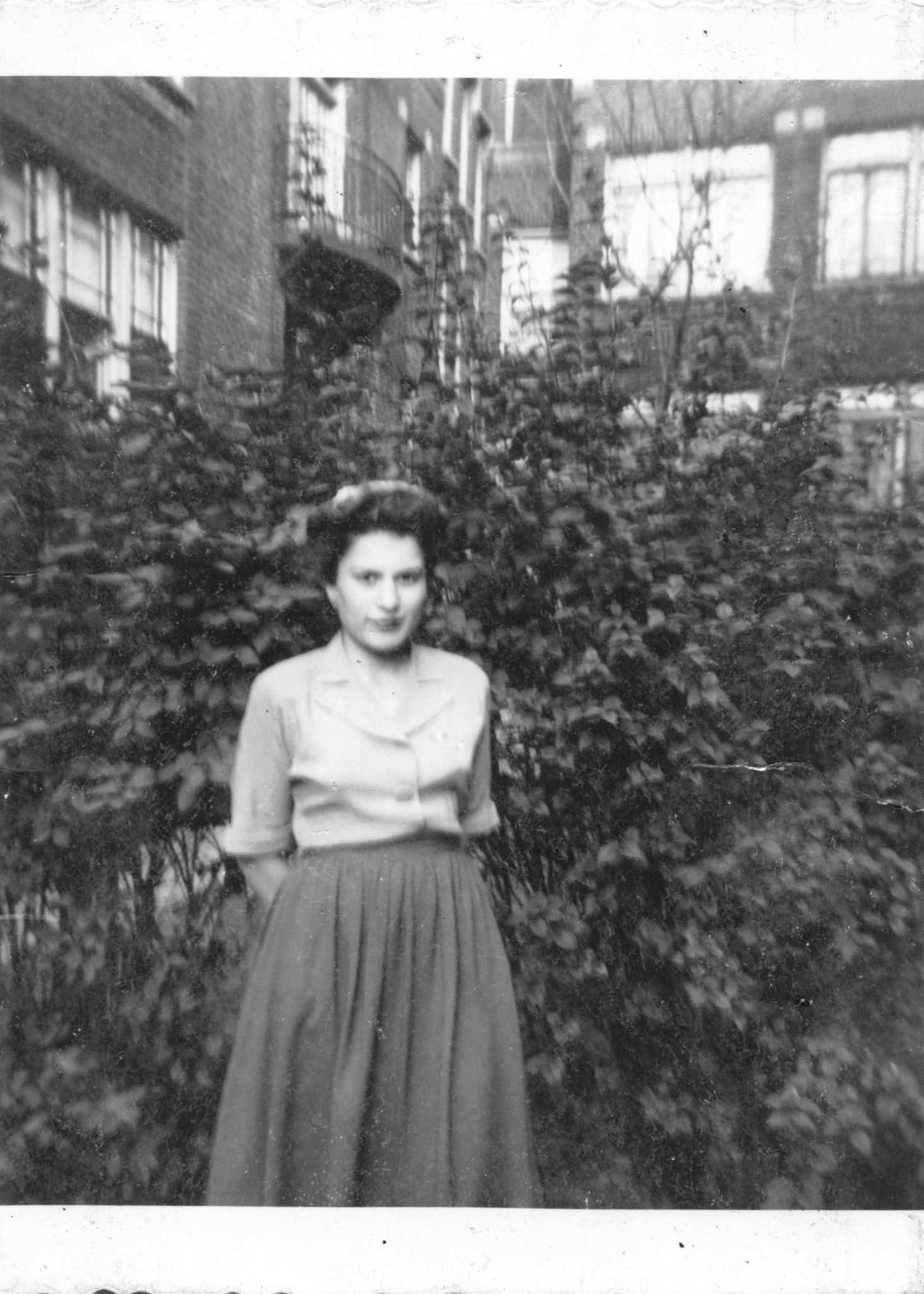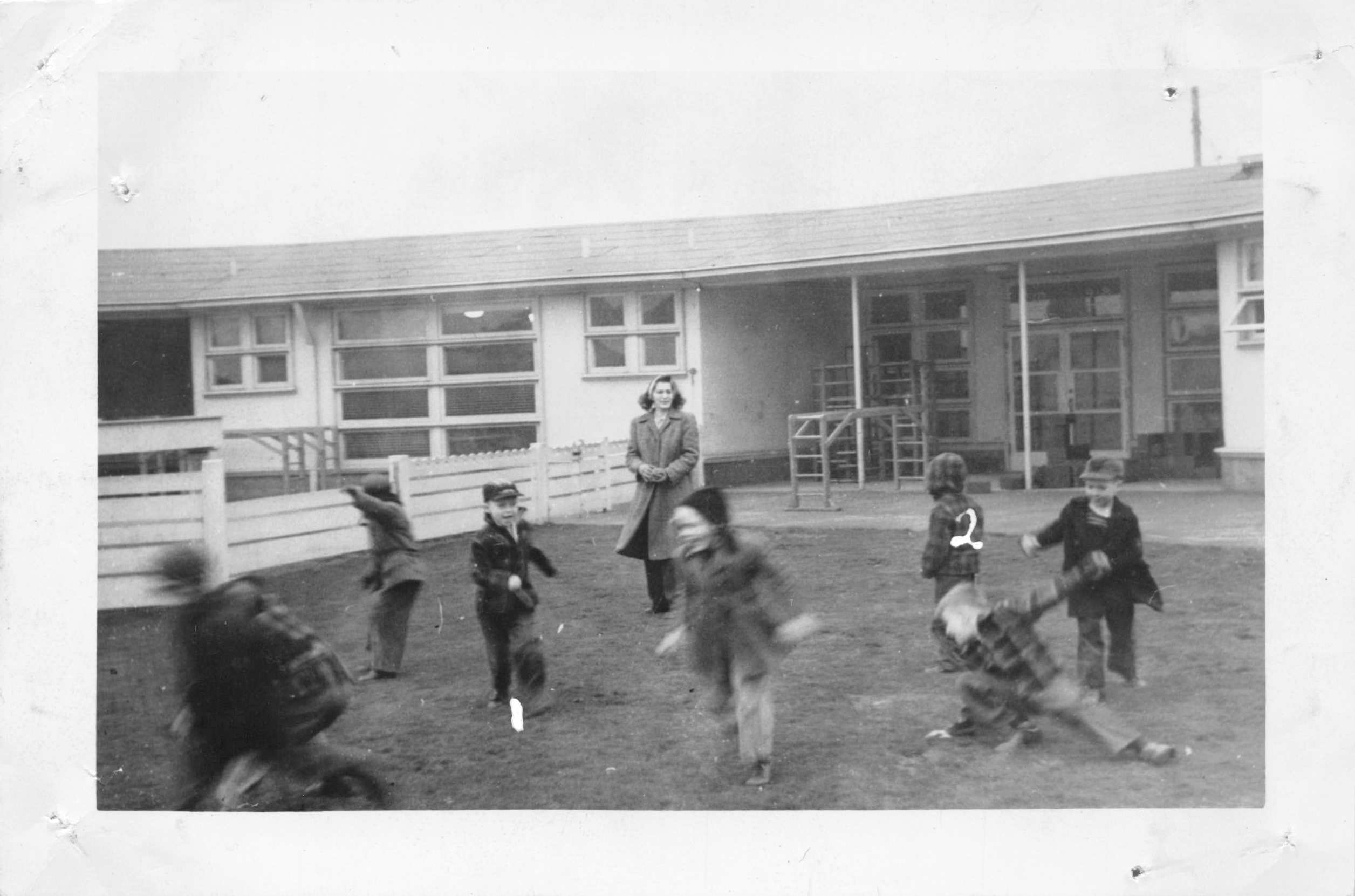Home Front
While some women served in a military capacity during World War II, others contributed to the war effort as civilians in the United States. Women from coast to coast “stationed” themselves on the “home front”, a broad term used to describe the local provisions made to support those overseas from within the country.
Before the United States joined the war in 1941, women traditionally fulfilled domestic roles within the home. This often involved childcare, cleaning, cooking, and other household duties. With some strategic adjustments, many women remained in these roles throughout the Second World War. Women collected wartime cookbooks and gardening pamphlets that were dispersed during the war. These efforts encouraged women in the domestic sphere to assist in the war effort by a continuing their pre-war expectations.
Outside of the home, some working women remained in conventional positions while assuming new wartime responsibilities. For example, Shirley Gould functioned as a secretary in Chicago, which was not uncommon prior to the war. However, as her husband was called to the draft, her employment became necessary to support herself financially. Anne Filardo worked as a school teacher, but took on an additional role at a shipyard daycare during the war. While some women worked in the shipyard in wartime occupations, she and other caretakers ensured their children were well-cared for.
During the war, many restrictions barring women from sectors the workforce were lifted to meet military demands. They found economic and social opportunities in support of military efforts, completing the important tasks of repairing, building, and improving military vehicles.
Women’s experiences on the home front have been documented in a variety of ways. Letter collections, diaries, and personal accounts all serve as primary evidence of their responses during the war. Letters sent to men in the military were often more difficult to preserve, as the receiver had to save the letter and bring it back with them. Shirley Gould’s husband collected hundreds of letters she had written to him, each detailing her life on the home front through Victory Mail, or “V-mail”.
Whether on the home front or overseas, each woman underwent a unique experience during World War II. Women of diverse backgrounds and economic situations found different ways to make a contribution. Some were directly involved with the military, while others contributed in the domestic sphere by continuing to care for young children. Although no woman had the same experience in World War II, each made their own efforts and important sacrifices to support the war effort.
Sources:
Filardo, Anne Levine, Papers. The Institute on World War II and the Human Experience, Florida State University, Tallahassee, Florida. http://purl.fcla.edu/fsu/WWII_00_0171.
Gould, Shirley and Joe, Papers. The Institute on World War II and the Human Experience, Florida State University, Tallahassee, Florida. http://purl.fcla.edu/fsu/WWII_16_0028.
“On the Home Front.” National Women's History Museum, www.womenshistory.org/resources/general/home-front.
Vreeland, Gretchen Marie F. and Leslie J., collection, Institute on World War II and the Human Experience, Florida State University, Tallahassee, FL. http://purl.fcla.edu/fsu/WWII_01_0347




